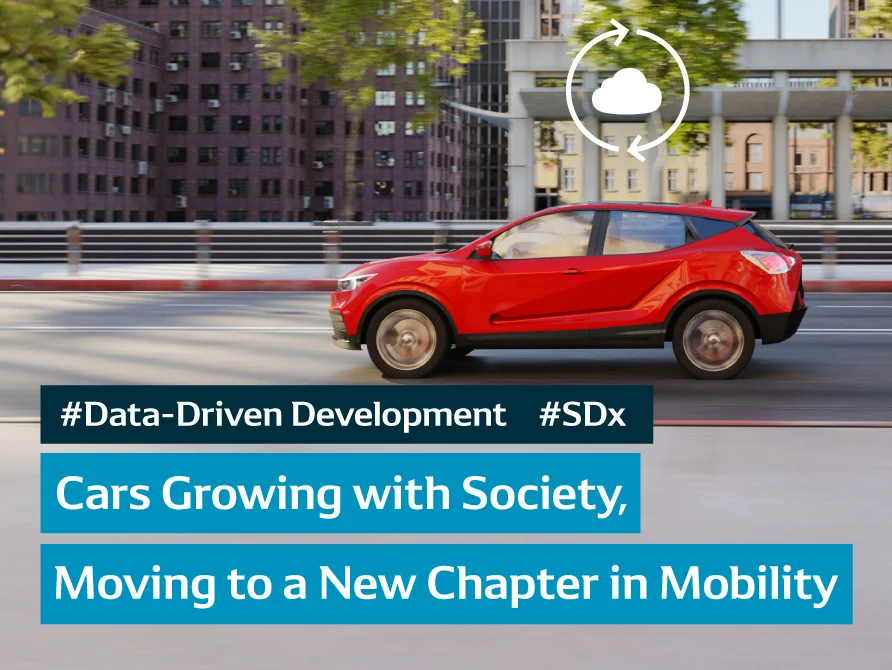Did you find this article helpful for what you want to achieve, learn, or to expand your possibilities? Share your feelings with our editorial team.
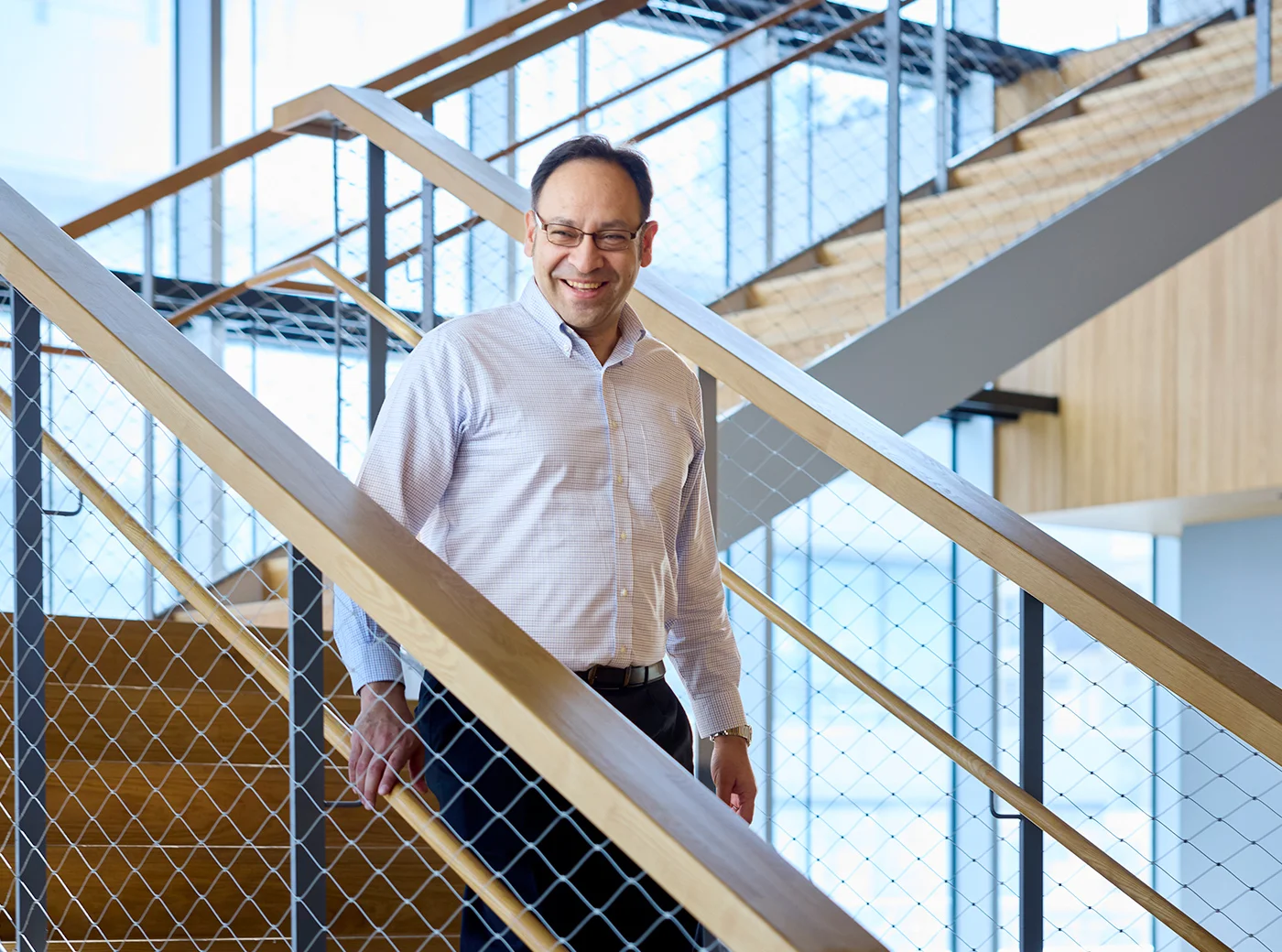

Jul 24,2025
CAREER & LIFECreating the Future of Mobility, Accelerated by Diverse Teams
Taking on the SDV Challenge Through a Global Software Development Framework
Today, software plays an increasingly vital role in the advancement of mobility technologies. At DENSO, we have launched the “Software Innovation Management Department” to lead the challenge of creating new value in mobility. As software engineers navigate this pivotal period of transformation, what kinds of teams are they part of and how are they working to drive change from within? In this article, we spotlight the work of Carlos Tercero, who, after gaining experience as a researcher in cutting-edge technologies such as medical devices, robotics, and image processing, is now engaged in software development for body function control computers at DENSO.
Contents of this article
Empowering the Mobility Revolution: The Role of Software Engineers
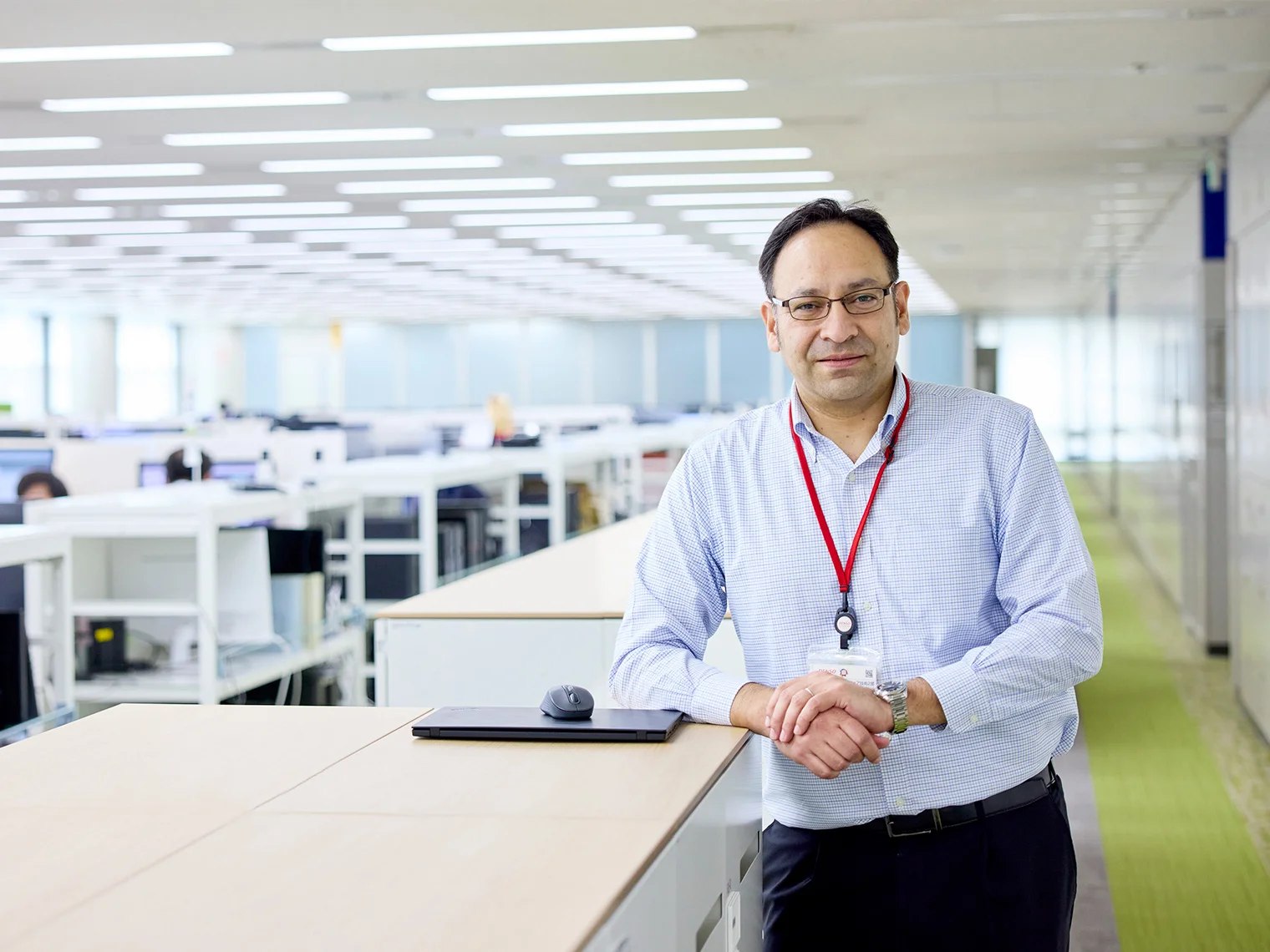
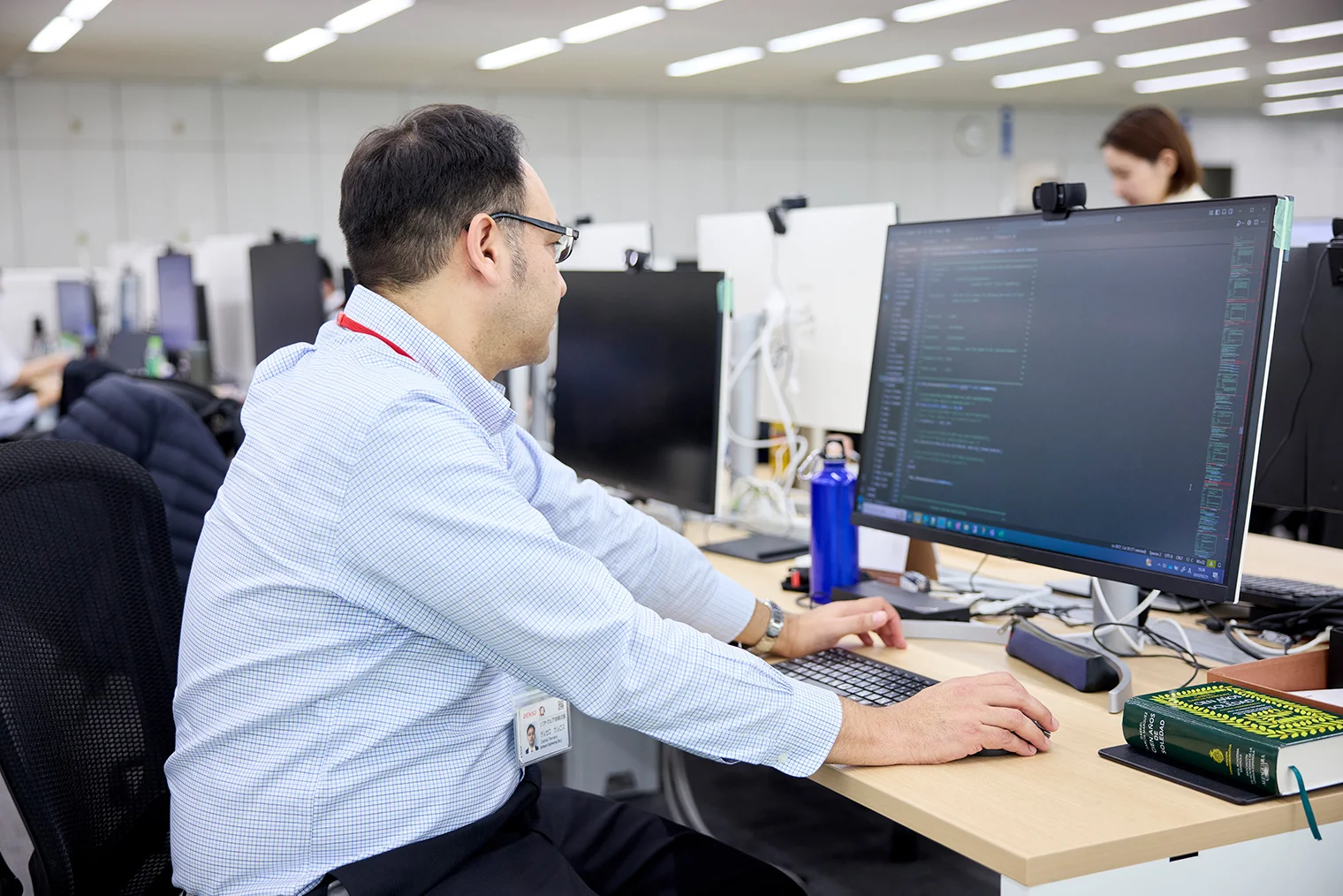
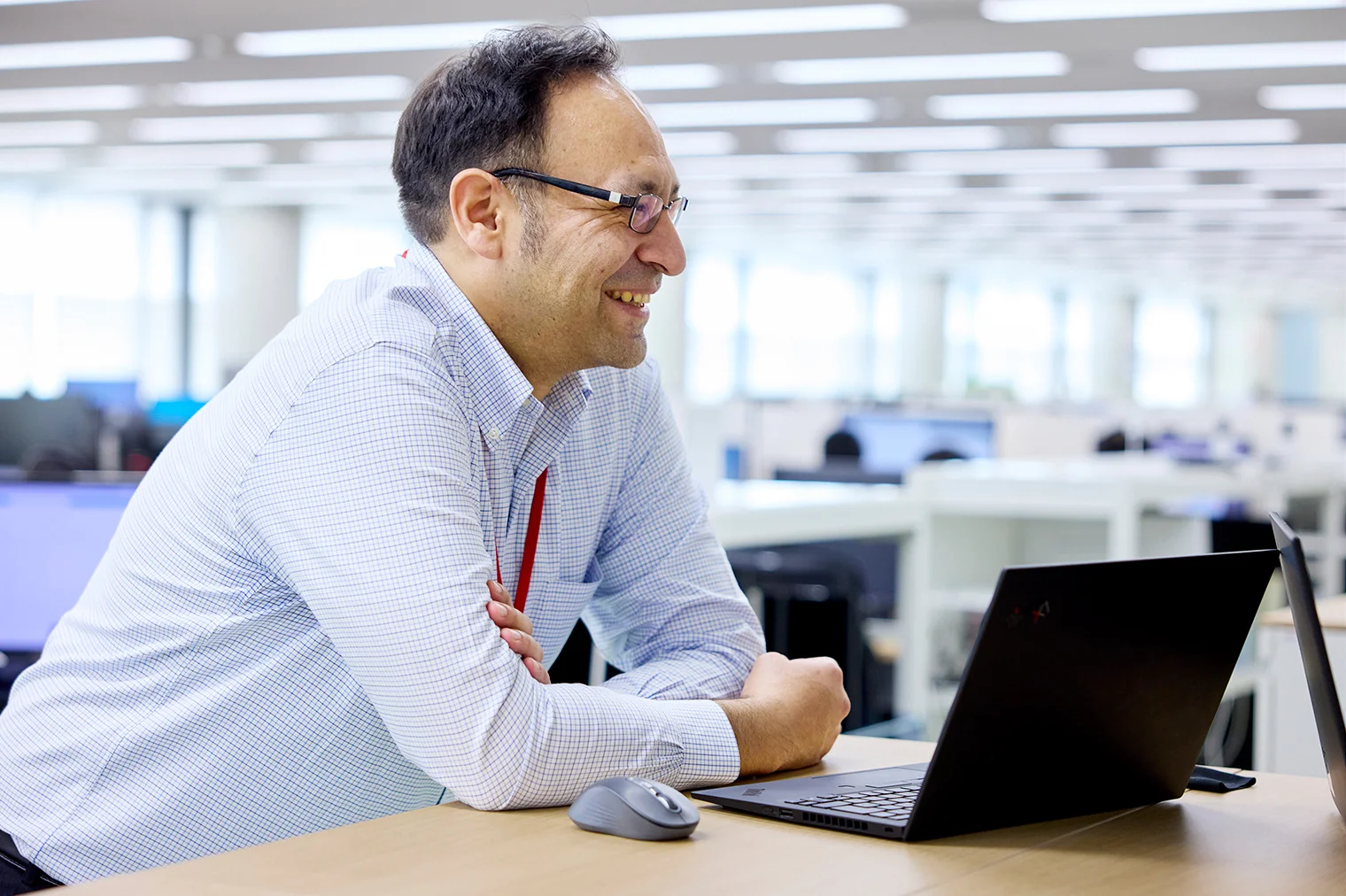
― In recent years, the concept of the "Software Defined Vehicle" (hereinafter referred to as SDV) has been gaining attention. Could you share why software development is now considered a critical driver in the mobility field?
First of all, an SDV is, as the name suggests, a vehicle designed with software at its core. Designed with the expectation that its functions can be updated through software, it is often described as a “smartphone on wheels.”
Traditionally, automotive development has focused primarily on improving hardware performance. However, with SDVs, it is now assumed that in-vehicle software will be updated using OTA (Over-the-Air) technology, which enables wireless data transmission. As a result, enhancements such as improved driver assistance systems or extended driving range can be delivered entirely through software updates. I believe this major paradigm shift is fundamentally transforming the mobility industry itself.
As more systems become connected to mobility, the software and platforms that support them are inevitably expanding. In parallel, as trends like SDVs and autonomous driving continue to evolve, software engineers are increasingly expected to adapt by broadening the scope of software development beyond traditional embedded engineering.
As the number of software components per vehicle model continues to grow, and as the use of AI, virtual ECUs, and new tools to automate development processes becomes essential, the demand for software engineers is accelerating and already outpacing the current supply across the industry.
― In such an environment, where do DENSO’s strengths lie?
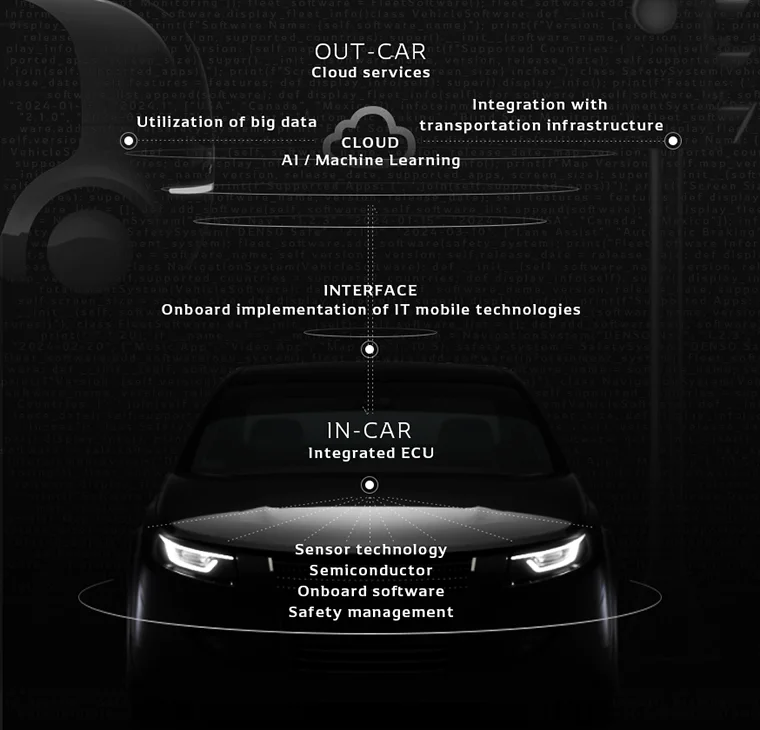
At DENSO, one of our key focus areas is designing the “interface” that connects In-Car and Out-Car systems. A major challenge in automotive software development is how to effectively integrate internal vehicle systems, such as powertrain and body control (In-Car), with external technologies like cloud services and mobile platforms (Out-Car).
DENSO has over 40 years of experience in software development, ranging from embedded systems to large-scale integrated software. This evolution has been driven by DENSO’s unique culture of actively pursuing both “Kaizen” and “Quality.” Building on this foundation, we are now tackling new challenges such as standardization, integrated control system development, and addressing security risks to ensure seamless connectivity between In-Car and Out-Car systems.
At the same time, we are advancing the establishment of a global development framework by leveraging virtual ECU technologies across our global development sites, enabling efficient software development and thorough hardware validation. We also excel in collaborating seamlessly with global teams and maintaining close communication with customers, which allows us to accelerate product development effectively.
Exploring Market Potential Beyond Academia
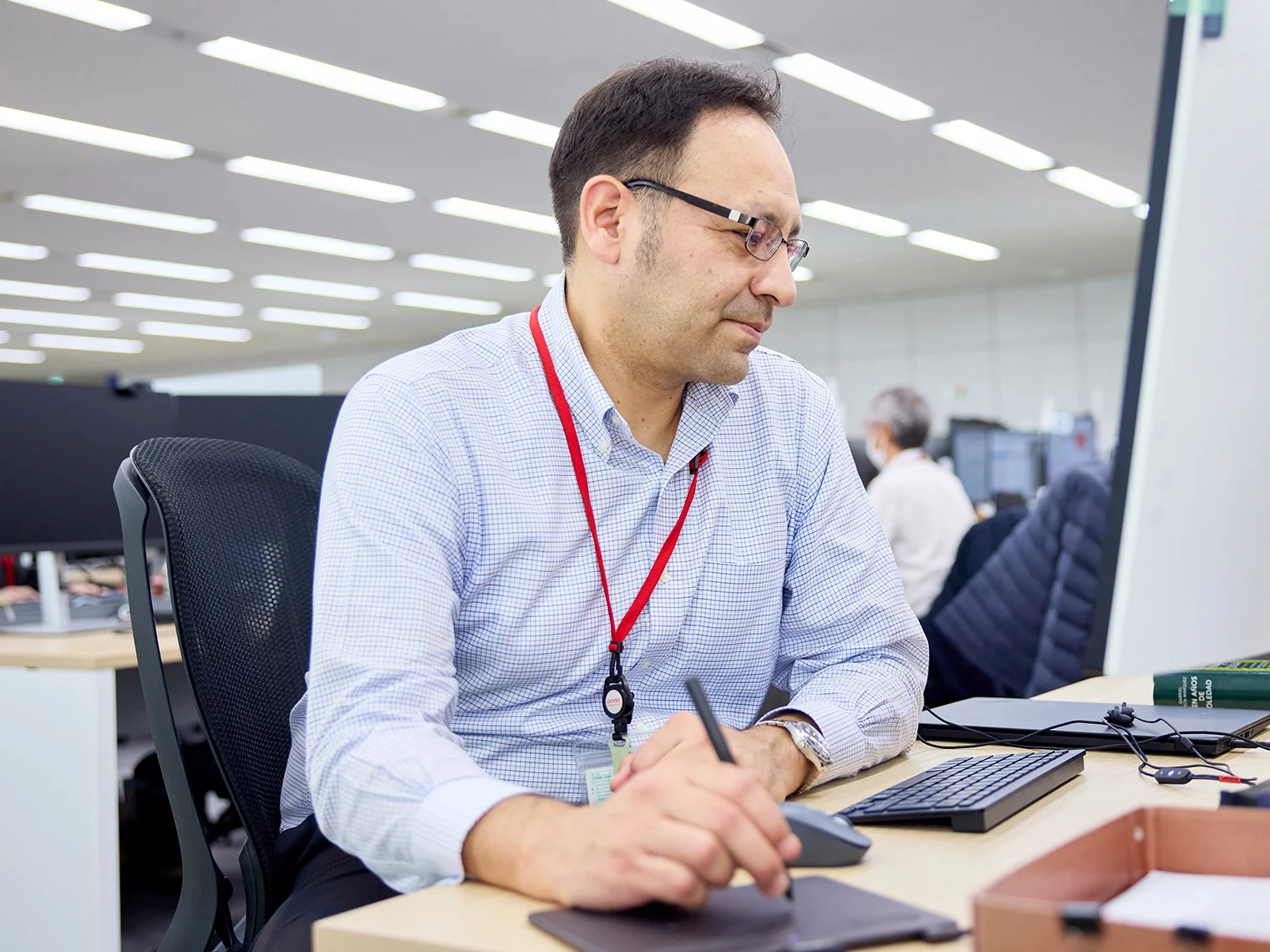
― I heard that you originally had a successful career in academia. What led you to pursue software development in the automotive industry?
I'm originally from Guatemala and came to Japan in 2004 to pursue advanced studies, earning a Ph.D. in micro-nano systems engineering at Nagoya University. My specialty was micro-nano robotics, and for about eight years I worked as a researcher and specially appointed lecturer, engaging in cutting-edge technology development in fields such as medical robotics, image processing, and medical devices.
While I found the research path deeply fascinating, my desire to transform ideas and designs into real-world products within the industrial sector grew stronger over time. I saw DENSO as the ideal place to make that vision a reality and joined the company in 2012.
In fact, my experience working in small research teams where I handled various processes myself has been very useful in developing embedded software for automobiles. In robot development, as in ECU development, embedded software is used. While the components being controlled differ, the underlying technologies share many similarities. It feels like “I’m building an ECU instead of a robot” where the application field has simply changed.
― Since joining DENSO, you've worked on software development for air conditioning panels, body ECUs, and computers that control vehicle body functions for automobile manufacturers around the world. Among the projects you've been involved in, is there a particular experience that stands out?
Yes, one particularly memorable experience occurred during my time in Michigan, when we went through several months of lockdown due to the COVID-19 pandemic. In response to our customers’ request to avoid any delays in development, we had to optimize our schedule to meet their expectations. To address the situation, we brought in new communication tools and built a compact bench along with an automated evaluation setup, which made it possible to work smoothly from home, even across time zones. This efficient and flexible working style has continued even after the lockdown was lifted.
Working Across Cultures: Embracing Diversity in Team Collaboration
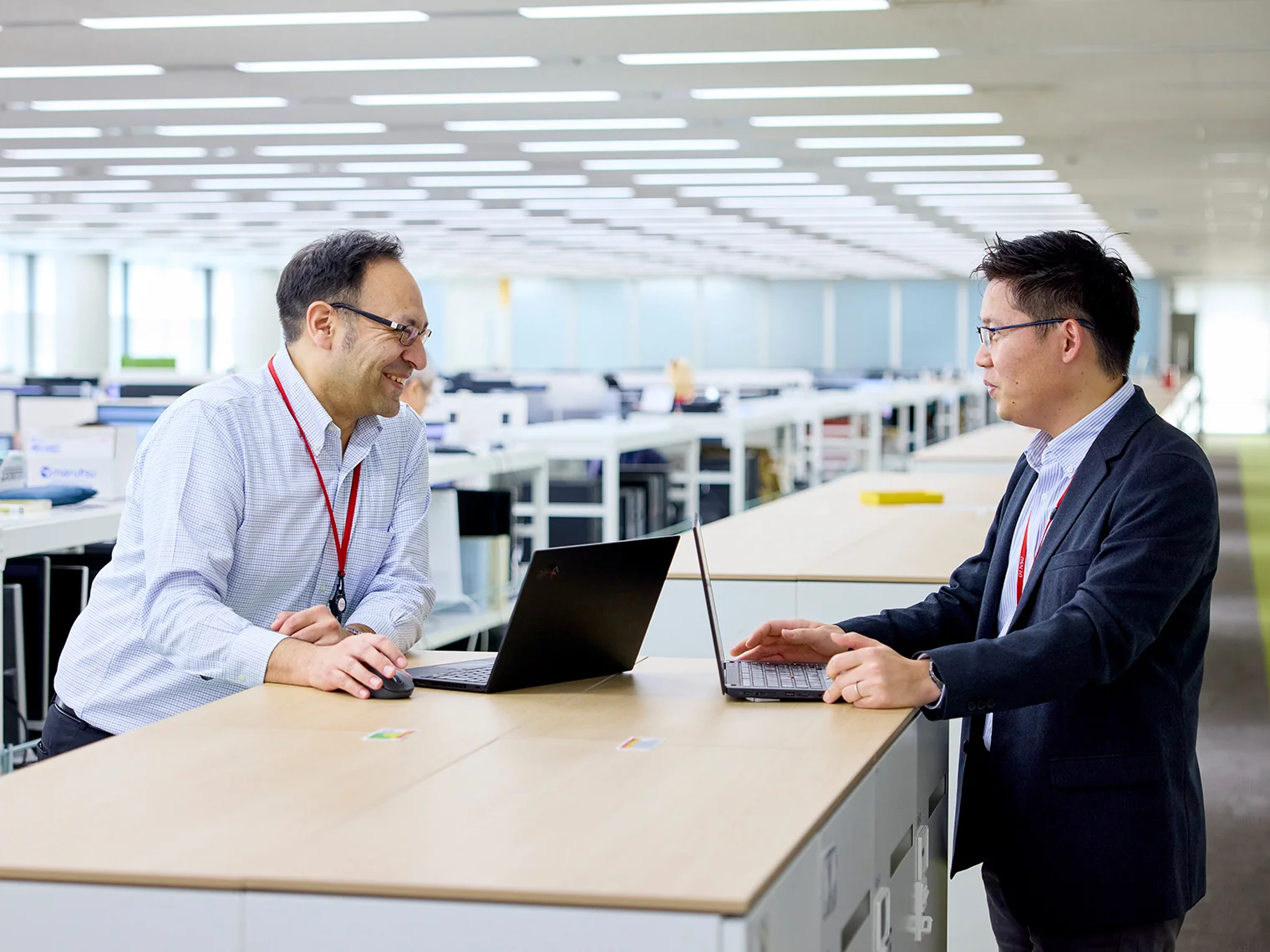
― Earlier, you mentioned DENSO’s global network. Could you elaborate on how this contributes to the strengths of DENSO’s team?"
One of DENSO’s greatest strengths is undoubtedly its “extensive global network.” For example, if we have a customer in the U.S., we can hold meetings directly at our Detroit office, and the same applies to our locations in Europe and Asia. DENSO’s headquarters in Japan plays a central role in supporting this global development structure by transferring knowledge and providing technical support to teams around the world. While developing close to the customer is the most effective strategy, DENSO headquarters plays a key role in gathering and providing the necessary knowledge and expertise to support that effort.
Leading a software development team of over 100 members is much like conducting an orchestra. You need to carefully tune in to each team member’s performance—their work—and make adjustments so that everyone can perform in harmony. Simply giving instructions like “do it this way” doesn’t often work. My role as a manager is to support each team member’s ideas and guide them toward the project’s goals. I believe that when team members are given a certain level of freedom and authority, it leads to more creative and innovative outcomes.
― Your team includes members from various nationalities and backgrounds. What do you consider most important when working with such a diverse group?
Yes, my team includes members from countries such as France, Sweden, and China. Working across cultures with understanding and respect can be challenging, but it is also deeply inspiring. What I always keep in mind is to avoid labeling people with stereotypes like “people from this country behave this way.” To truly understand and collaborate with the members from different cultural backgrounds, it’s essential to stay open-minded. This mindset also applies to product development. Thanks to the diversity within our team, we’re able to approach social issues and customer needs from multiple perspectives, which helps us create solutions that are better suited to each country and region.
Mindset and Aspirations in the Face of Ever-Evolving Technology
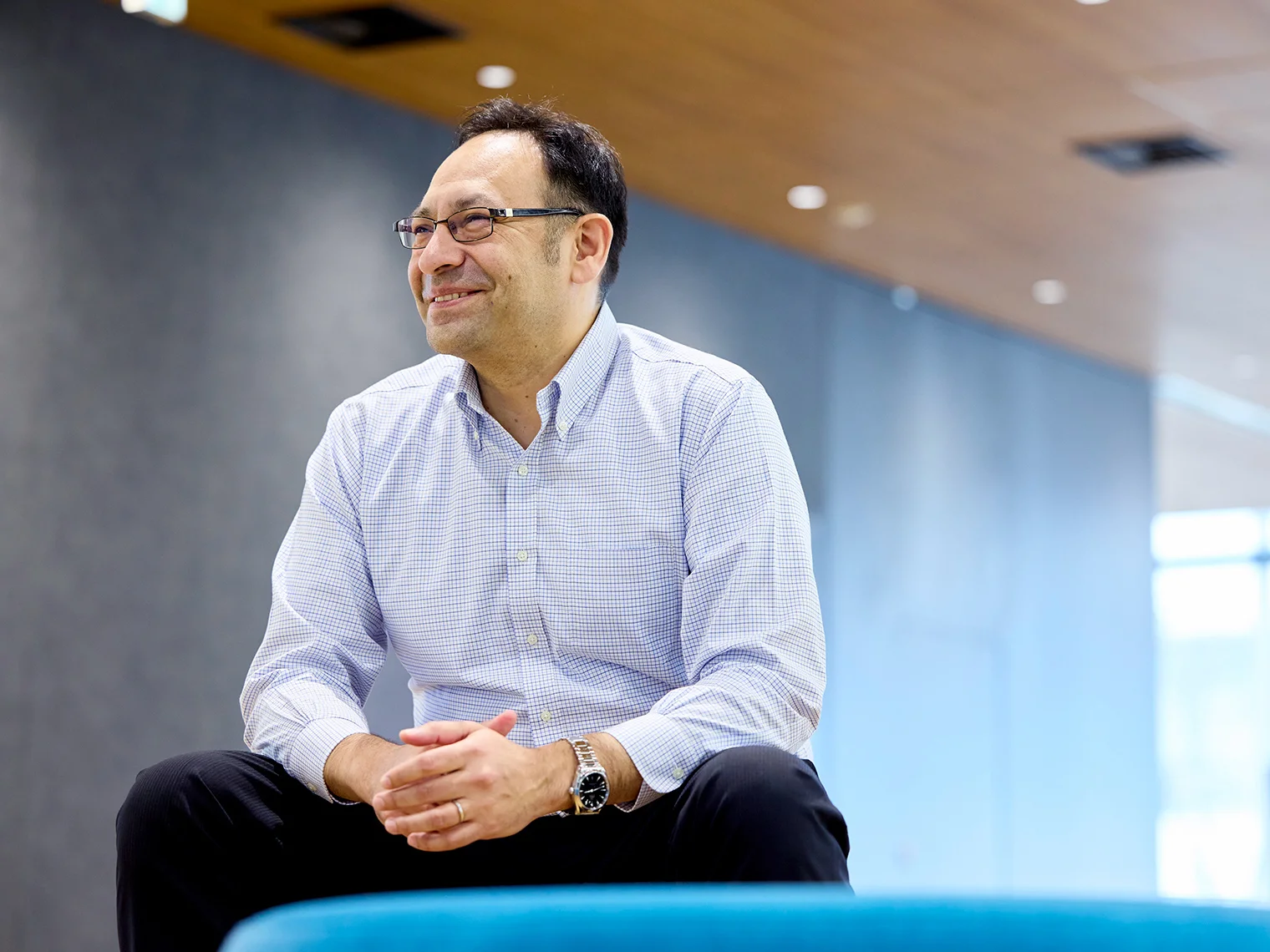
― Carlos, could you share your thoughts on the evolving role of software engineers in the future?
As I mentioned earlier, the range of skills required for software engineers today is expanding. That’s why we need to stay flexible and be able to work across various domains, adapting to what the industry needs at any given time.
In this environment, motivation and communication skills are especially important. With more stakeholders involved in development, engineers must be able to explain their ideas clearly and turn them into specifications and communicate effectively with team members across different locations.
Technical expertise is essential, but one thing to keep in mind is that the technology you learn at university may already be outdated by the time you enter the workforce. For example, while the first microchip I programmed came with a manual of about 100 pages, the microprocessors we use today come with manuals that exceed 4,000 pages. You can clearly see how rapidly technological innovation evolves.
That’s why I believe it is important to stay flexible by actively seeking out new tools and technologies and integrating them into the development process. Rather than clinging to the skills you currently have, it is more important to cultivate a mindset of continuous learning, focusing on updating yourself day by day, year by year.
— Thank you. Finally, could you share a message for the next generation of engineers?
I hope they hold on to their dreams. For me, seeing a car on the road equipped with software I was involved in developing makes me truly feel that this work was worth doing. Knowing the passion and commitment to quality of the people behind the product gives me the confidence to say, “This is a product you can trust.” That is what I consider the true joy of manufacturing, and it continues to be a powerful source of motivation as an engineer. DENSO is a place where dreams can take shape and become reality, and I truly hope the next generation of engineers will discover the same sense of pride and purpose that I’ve been fortunate to find in this work.
※The content described is current as of June 2025.
COMMENT
Changing your "Can'ts" into "Cans"
Where Knowledge and People Gather.


